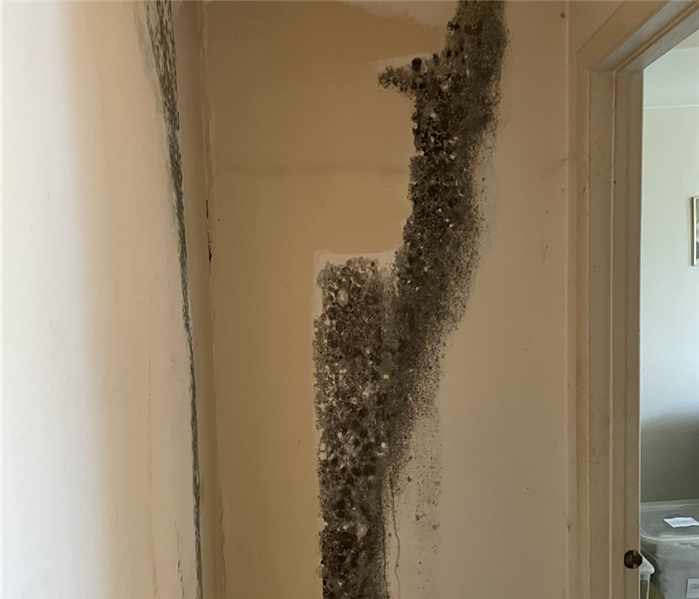Important Mold Prevention Tips for Schools
10/1/2024 (Permalink)
Mold can be a serious issue in schools, where maintaining a safe environment is essential. It can damage buildings and lead to expensive repairs if not dealt with quickly. At SERVPRO of Berlin/Williamstown, we know how important it is to keep schools and educational facilities free from mold. In this blog, we’ll share the best practices for mold prevention in schools, providing expert advice and practical tips to help protect your facility.
Understanding Mold in Schools
Schools, universities, and daycare centers are especially vulnerable to mold growth because of the many moisture sources, such as bathrooms, kitchens, and HVAC systems. Mold thrives in damp, warm environments and can spread rapidly if not managed. Preventing mold requires a proactive approach, focusing on moisture control and regular upkeep.
According to the Environmental Protection Agency (EPA), up to 50% of schools in the U.S. have reported problems with indoor air quality, and mold is a significant factor. This highlights the need for effective mold prevention strategies to ensure a safe learning environment.
Best Practices for Preventing Mold in Schools
Here are some important steps you can take to prevent mold in schools:
Control Indoor Humidity
Aim to keep humidity levels in classrooms, libraries, and other areas between 30-50%. Use dehumidifiers, especially in damp areas like basements or poorly ventilated rooms.
Maintain HVAC Systems
HVAC systems play a big role in controlling indoor air quality. Make sure to schedule regular inspections and maintenance. Clean air ducts, filters, and coils to prevent moisture buildup that can lead to mold.
Fix Water Leaks Right Away
Even small leaks can cause major mold problems if left unchecked. Regularly inspect the facility for leaks in roofs, windows, and plumbing. Repair any issues immediately to avoid moisture in unwanted places.
Properly Ventilate
Good ventilation is an important step in preventing mold. Install exhaust fans in bathrooms, kitchens, and other high-moisture areas. Make sure vents are clear of blockages and that air is circulating throughout the building.
Monitor Moisture-Prone Areas
Keep an eye on areas prone to moisture, like locker rooms, swimming pools, and spaces near water fountains. Regularly check these areas for signs of mold.
Implement a Regular Inspection Schedule
Create and stick to a routine inspection schedule that includes checking for mold, water damage, and excess moisture. Catching issues early is crucial for preventing mold from spreading.
Educate Staff and Students
Teach staff and students about the importance of mold prevention. Encourage them to report any leaks, water damage, or mold sightings immediately. This proactive approach can help stop mold from becoming a bigger problem.
Keeping Mold Out of Schools
Preventing mold in schools is key to maintaining a safe and productive learning environment. By following these best practices, you can significantly reduce the risk of mold growth and protect your facility from expensive damage. At SERVPRO of Berlin/Williamstown, we have the expertise and experience to assist with all your mold prevention and remediation needs.
If you need help with mold prevention or remediation in your school, don’t hesitate to reach out. Our team of professionals is ready to help you keep your school safe and mold-free.




 24/7 Emergency Service
24/7 Emergency Service
